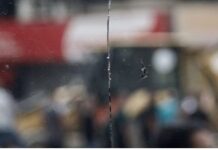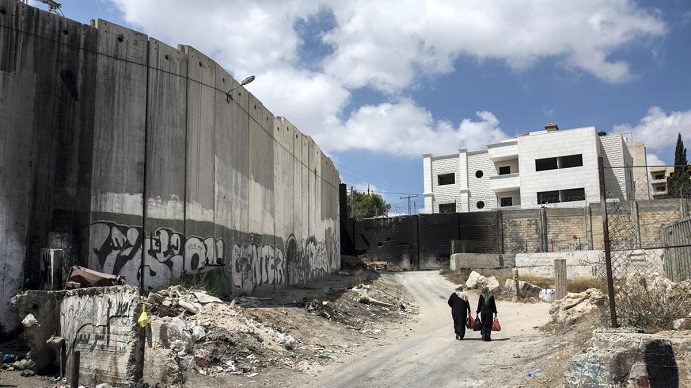The National / January 29, 2020
As the US president unveiled proposals, Israel was the only major stakeholder present.
From the Madrid conference in 1991 until the Obama administration’s trilateral summits between the Palestinians and Israelis two decades later, successive US presidents have tried to secure the presence of both parties at the table in negotiating peace. But that changed on Tuesday.
As US President Donald Trump unveiled his “deal of the century”, outlining a proposal for peace between the Palestinians and the Israelis, on Tuesday, only one of the major stakeholders in the conflict was present.
No Palestinians were on stage with Mr Trump and the Jordanians declined an invitation to come to the White House. No representatives from Egypt or Saudi Arabia, historically two of the main interlocutors in the peace initiative, attended.
Riyadh championed the Arab Peace Initiative in 2002, and its role has been heavily sought by successive administrations to sponsor a solution. Egypt, having formal relations with Israel, is a key conduit for negotiations and regularly brokers ceasefires between Hamas in Gaza and Israel.
Instead, the Trump plan roll-out on Tuesday featured Israeli Prime Minister Benjamin Netanyahu, who was indicted on three corruption charges that same morning.
The plan is a shift in US approach. In the past, the US hosted the parties, or issued parameters (under Bill Clinton), or supervised secret negotiations with the help of the Europeans (Oslo) or Egyptians (Taba).
Under George W Bush, it presented a “road map for peace” that left any final settlement to negotiations between the parties on five main issues: settlements, refugees, borders, Jerusalem and security.
But the 180-page plan that Mr Trump endorsed allows Israel to keep all settlements in the West Bank, and to impose its law in the Jordan Valley.
It also opposes the return of Palestinian refugees to the state of Israel and does not include a timeline for the end of Israeli occupation of the West Bank.
In a briefing, US ambassador to Israel David Friedman said when asked if Israel would have to wait to annex settlements: “No, Israel does not have to wait at all.”
Jordan and the Palestinian Authority rejected the plan and called for a Palestinian state on 1967 borders.
But speaking on CNN, Mr Trump’s son-in-law and main architect of the plan, Jared Kushner, said: “I’m not looking at the world as it existed in 1967. I’m looking at the world as it exists in 2020.”
While Mr Trump endorsed for the first time a two-state solution, it relies on Palestinians meeting conditions set out for them in the document, such as “complete dismantling” of the militant groups Hamas and Islamic Jihad, and abandoning extremism.
Ghaith Al Omari, a senior fellow at the Washington Institute for Near East Policy, did not foresee any Arab state accepting the plan.
“Looking at the map that President Trump tweeted, I can’t see any Arab state accepting this,” Mr Al Omari, a former negotiator for the Palestinians, told The National.
“Settlements remain in place, the map radically diverges from the 1967 borders as laid out in the Arab Peace Initiative, and it allows the annexation of the Jordan Valley, which is a core issue for both the Palestinians and the Jordanians.”
He said that these were all reasons that the plan would not gain Arab support.
The Palestinian leadership cut all diplomatic communications with the Trump team after the embassy move to Jerusalem in December 2017.
“They [the Palestinians] are not focusing on the content of the plan but the Trump administration, which they view as an unacceptable mediator due to its previous policies,” Mr Al Omari said.
As Israel heads into its third election in a year in four weeks and Mr Trump faces an impeachment trial, a breakthrough in the Palestinian-Israeli conflict remains unlikely.
The fate of the current plan, and future negotiations, may hinge instead on the US presidential election in November and whether Mr Trump wins a second term or is succeeded by a Democrat who views the conflict differently.
Joyce Karam – Washington Correspondent, Washington DC













